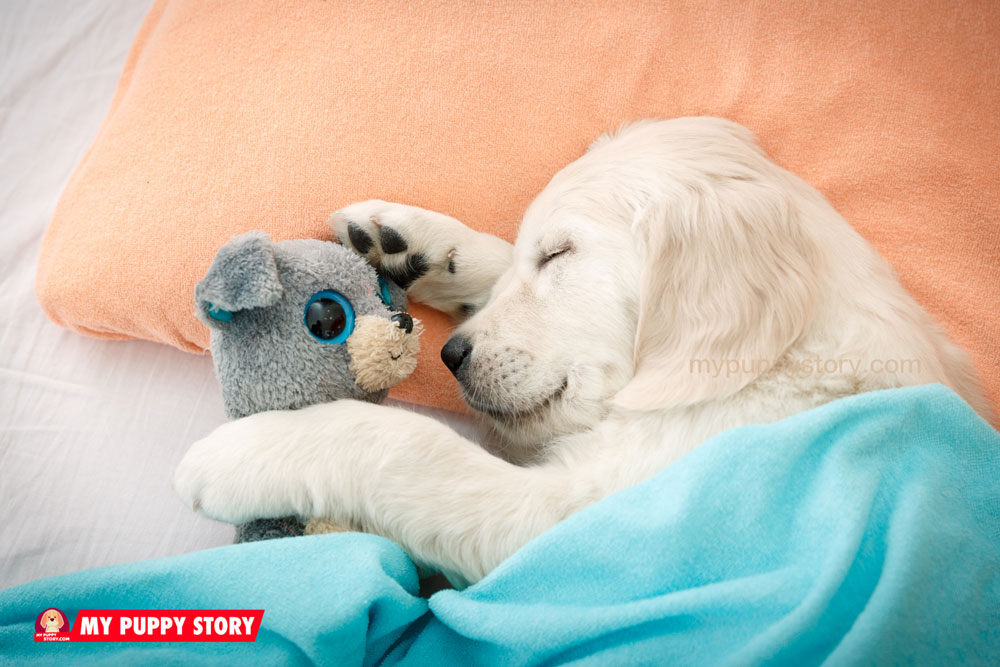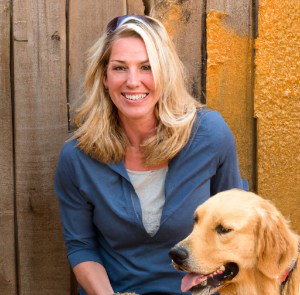March 9, 2019
Sarcoptic mange in dogs, sometimes called scabies, may begin with intense itching, irritated skin, and eventually hair loss which may first be noticed on the ears, armpits, and in the belly area. Symptoms also include red pustules, sores, and yellowish crusty skin. As the disease progresses, the skin may darken in color. Due to the […]


